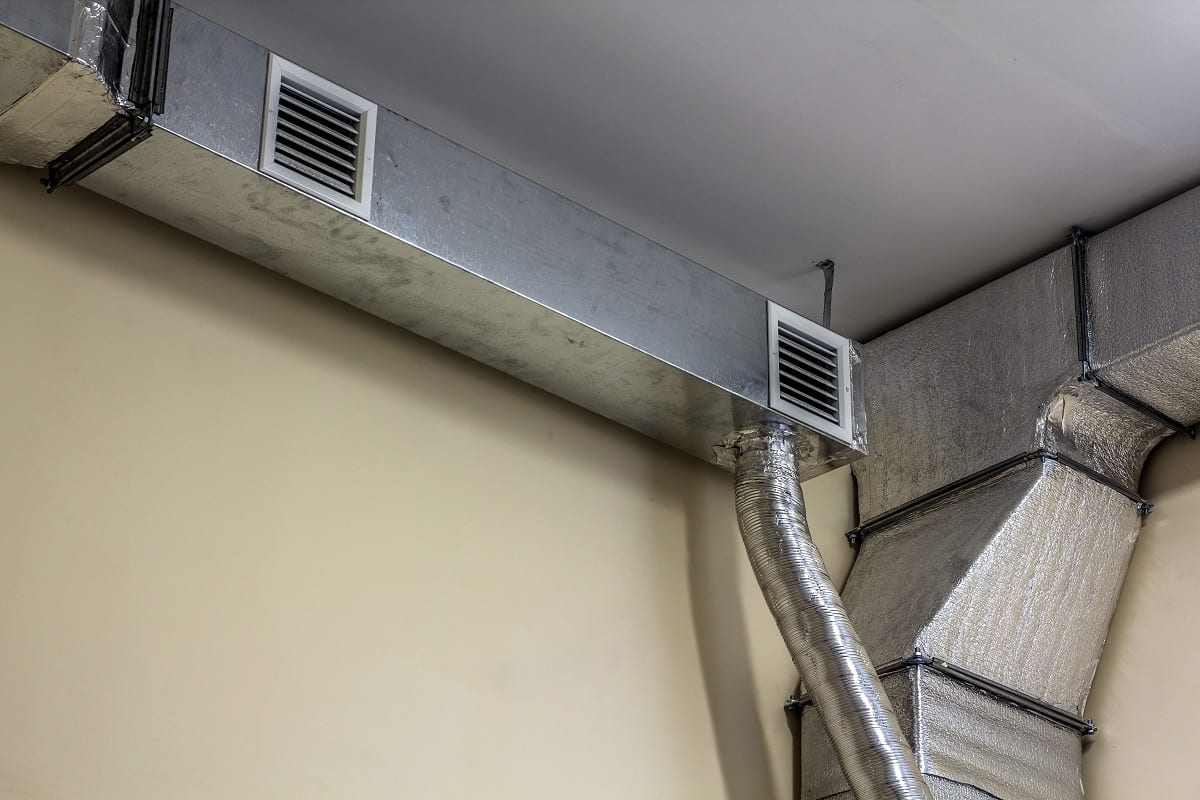Duct systems are used to distribute heated or cooled air through a home’s ventilation system. Thus, understanding the features, benefits and demands of each duct type can help you choose the ideal solution for your home.
Round Ducts
Firstly, round ducts are most commonly made of galvanized sheet metal and consist of cylindrical supply and return pipes that run through the walls and ceiling. Round ducts offer easy installation and are well suited for multi-story homes. However, they can experience greater air friction losses that reduce airflow efficiency. Regular duct sealing and insulation is needed to minimize heat transfer.
Rectangular Ducts
Secondly, rectangular ducts similarly utilize sheet metal for simple, cost-effective construction. They have flat sides that allow for installation in narrower spaces. Rectangular ducts require fewer fittings and elbows, minimizing airflow restrictions. But they can take up more internal space within walls. Regular duct sealing also helps maintain peak performance.
Flexible Ducts
Then, flexible ducts consist of insulated tubing that bends easily to fit around framing and obstacles. These ducts adapt conveniently to existing home layouts. However, the material can deteriorate quickly, resulting in air leaks that raise energy bills. Professionals must be careful when bending flexible ducts to avoid kinks that impede airflow.
Duct board Systems
Duct board uses rigid fiberglass insulation boards to form ducts with metal fittings and connectors. Ductboard requires extensive cutting and duct tape to piece together, making installation challenging. But the insulation provides natural thermal separation for increased energy efficiency. Ductboard ducts need sealing at all joints to prevent air leakage over time.
In summary, while each duct type offers its own pros and cons related to installation ease, airflow efficiency, material durability and energy performance, choosing the right duct system depends first on matching it to your home’s needs.
For example, round or rectangular metal ducts work well for multi-level homes, while flexible ducts adapt easily to existing structures. However, all duct types require proper installation and regular maintenance to ensure peak performance and healthy indoor air quality. Having your options explained by an HVAC professional can help determine the best air duct system for your specific home.




No comment